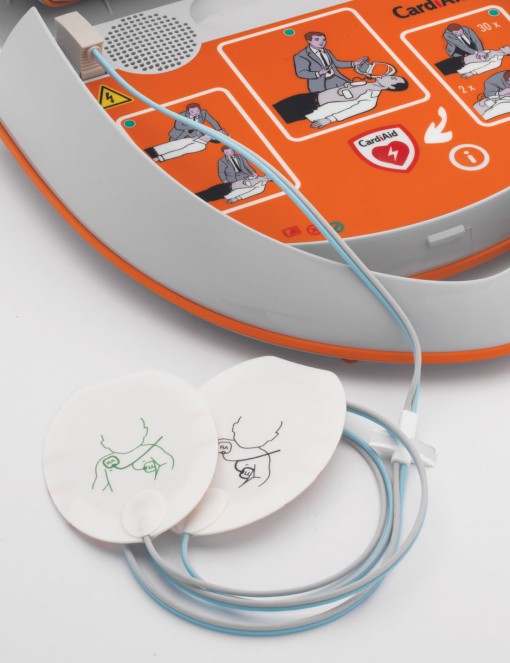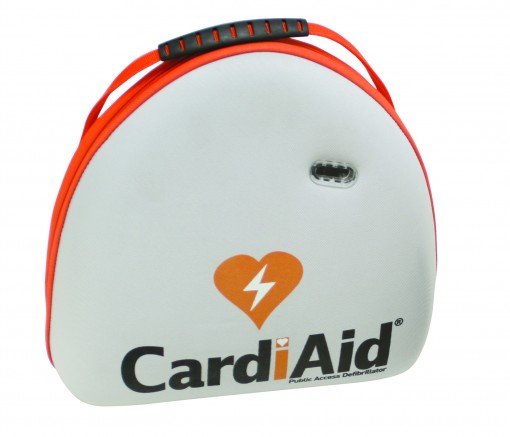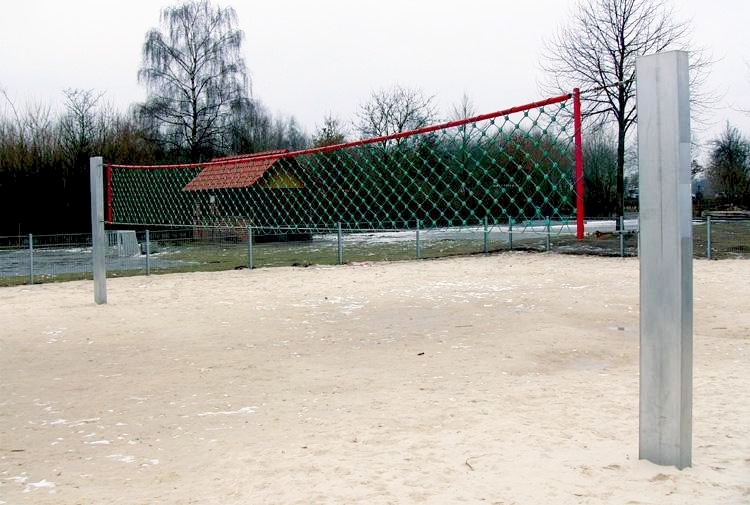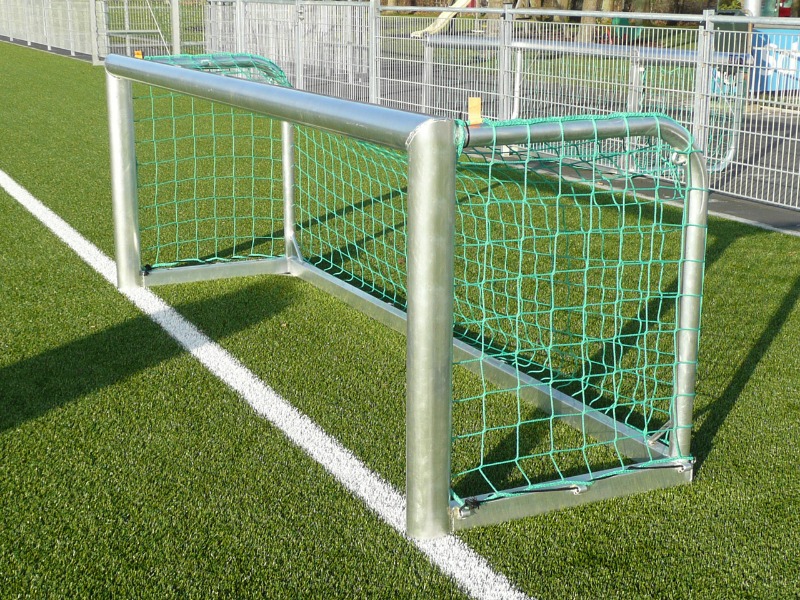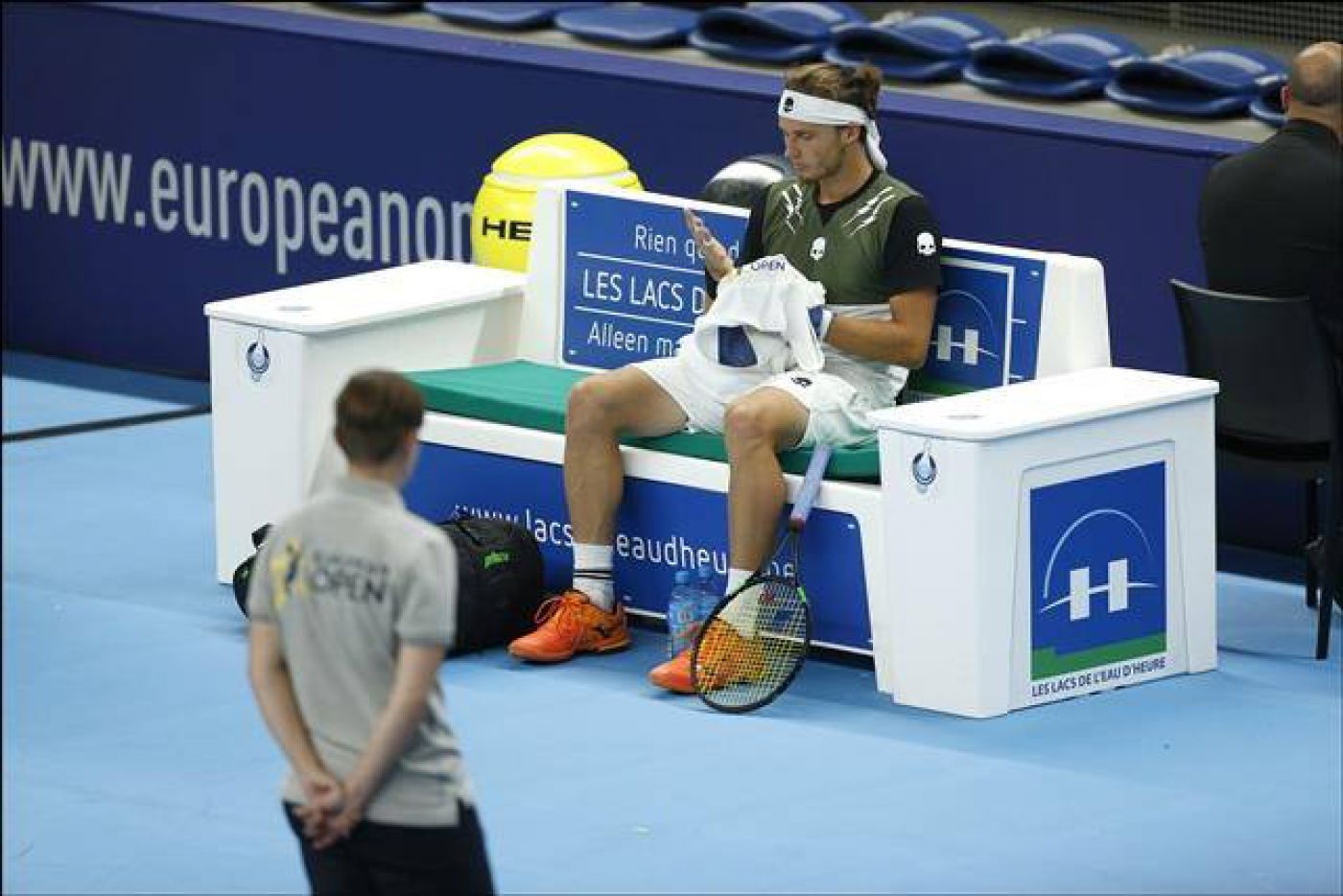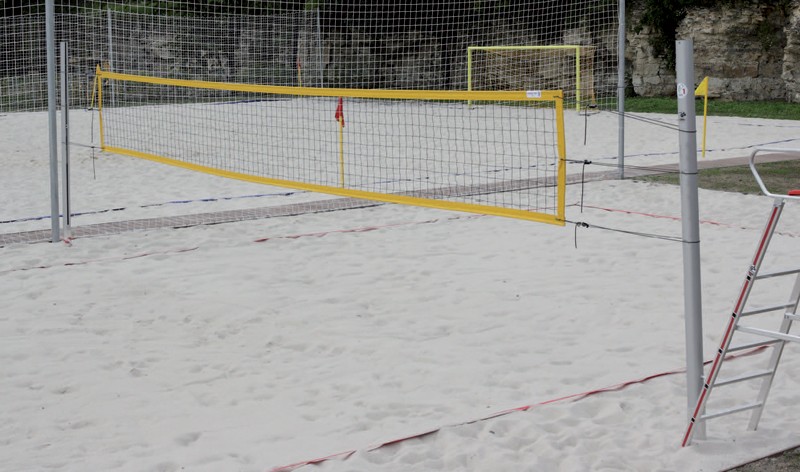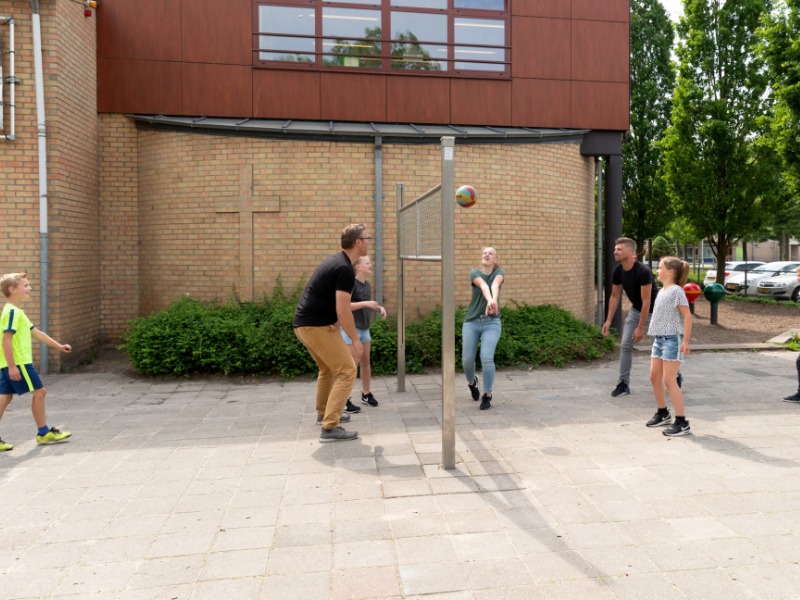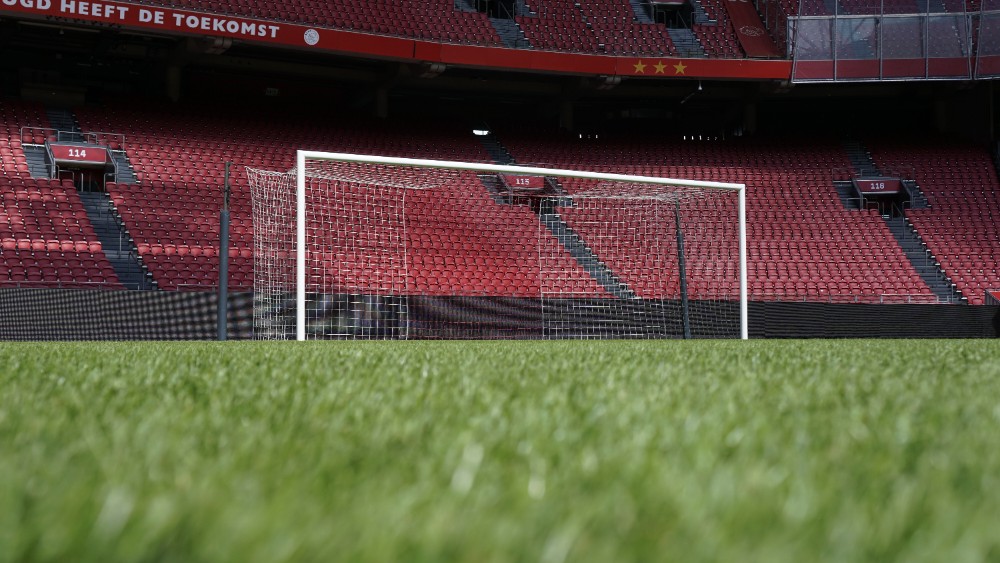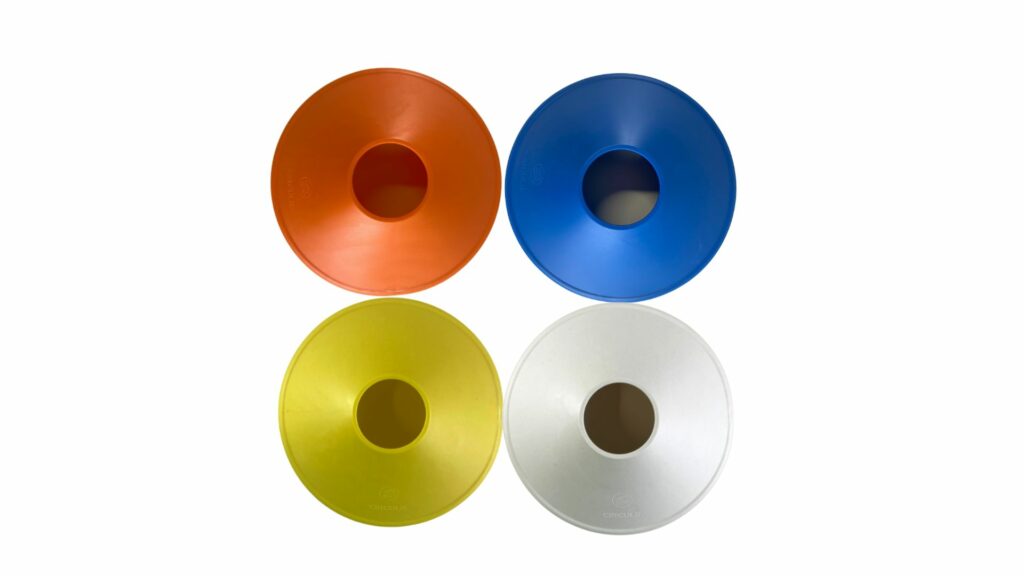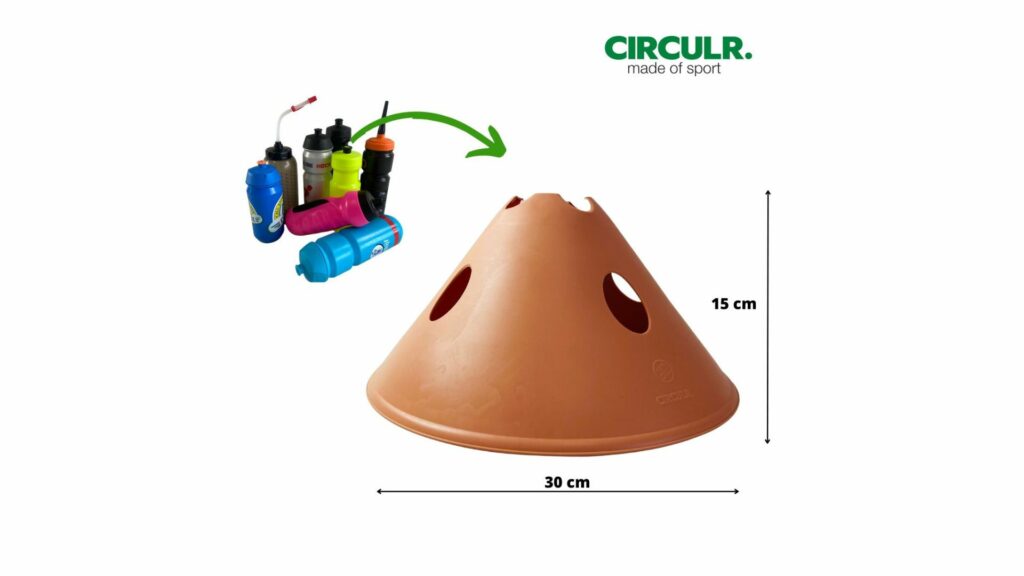The importance of an AED at a sports club
In collaboration with CardiAid, we want to highlight the need for the presence of an AED at sports clubs.Many venues still lack this life-saving device, failing to meet the crucial 6-minute limit in case of cardiac arrest.Find out why the CardiAid Sport AED is an indispensable device for sports clubs and how it significantly increases the survival rate of victims.
Immediate help in case of cardiac arrest
Cardiac arrest can happen at any time and at any age. With the CardiAid Sport AED, you have the ability to provide immediate help.The portable device automatically analyses the heart rhythm and gives clear commands to you as a rescuer, even if you have no medical background.
User-friendliness for everyone
CardiAid Sport AED is known for its user-friendliness.The instructions are clear and easy to follow, allowing even people without medical knowledge to act effectively in emergency situations. This makes the device ideal for sports clubs where various people are involved, from players to volunteers.
Doubling survival rate with CPR
CPR is a crucial step in cardiac arrest. The CardiAid Sport AED, combined with rapid CPR, doubles victims’ chance of survival.The device guides you through the CPR process, allowing even beginners to act effectively in critical moments.
Portable and compact design
The CardiAid Sport AED is designed with mobility in mind.Its compact and portable design makes it easy to take the device with you wherever you go, making it quickly available when every second counts.
Collaboration for life-saving impact
By partnering with CardiAid, your sports club demonstrates its commitment to community health and safety. Having a CardiAid Sport AED highlights the importance of proactive emergency response measures.




